Self-massage or self-bodywork techniques effectively help release congestion, aches and pains. They increase mobility, circulation and oxygen levels, and remind parts of our body that they’re still part of the scene.
Daily living and stress (physical and emotional) cause our tissues and fascia to get bound up and congested, which limits our range of motion and happiness.
This work is based on using sustained compressions and the breath to change the shape and fluidity of our tissues, and is a perfect balance to stretching, strengthening, or aerobic activity. Just as we brush our teeth after a day of eating, these exercises are a way to brush away the physical and emotional stresses of the day. People tend to focus on stretching their muscles, but often what limits or pains us is the balled-up congestion on the opposite side of what we’re trying to stretch. For example, if we try to turn our head to the right, it may not be a lack of length on the left side limiting our motion. It may be the knots on the right side stopping the motion. As if someone stuck a sock in the hinge of the door.
Your body is mostly a web of fascia with muscles and organs hanging in it. So imagine that this web can get knotted or balled up, rather than laying in a neat, organized network. (Think of the difference between new, un-used, folded up wrapping paper versus the huge mass of wadded up paper after it’s been used.) The strands of fascia should be sliding past each other, but like Velcro, they get rough, sticky and balled together. By putting sustained (at least 90 seconds) pressure on the stuck area, the local physiological environment and connective tissue ground substance change, and the Velcro-like filaments smooth out and let go. Much pain results from nerves getting squeezed and/or inhibited by fascia, tight muscle, and scar tissue. Within minutes, you can literally change the shape of your body and relieve pain by creating more space and fluidity.
Remember that a healthy muscle is strong and firm when you’re using it, but at rest, is soft and pliable. We’re very good at training our muscles to be ‘on’. In contrast, this work helps remind our muscles how to turn ‘off’ and rest when they’re not being used. Oftentimes, our muscles are unnecessarily turned on (tense), protecting something that doesn’t need to be protected. With self-massage, we focus on coaxing the muscle and fascia to rest and relax: to move away from stressed, “fight & flight” mode and toward relaxed, healing, ‘I’m safe and at home’ mode. Recognize that many muscles don’t need more strengthening exercises. Releasing the fascial congestion bound within the muscle will give you more strength, capability, and movement.
The basic technique that we like to use for every body part:
- Move and roll around for a few seconds to warm the area and wake it up.
- Once you have found an interesting or tender area, then get comfortable and stay. The key is to NOT move around, but to stay motionless on the spot for a minimum of 60 seconds. The other key is to relax ALL of the muscles in your body. So use bolsters and pillows to support yourself. Get comfortable! Remember to use your body weight, not your strength, to apply pressure to the area. If you find yourself pushing into the tool, or holding yourself up, then find a new position so you can completely relax and let go.
- Focus on your breath. Use an expelling, surrendered exhale. Stay for about 10-15 breaths.
The joy of this work is that the effects are so noticeable in such a short amount of time. You can take responsibility to maintain your health, feel better, and heal your body and mind. And your massage therapist is always available!
Watch Chris Ray and Kate Lewandowski explain the benefits of rolling around on balls.
These simple tools simply help you feel better.
-
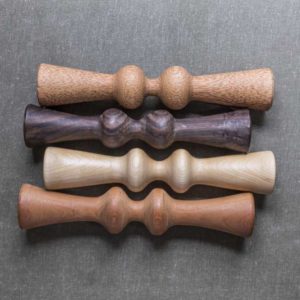
Bodyworker
$65.00 Select options This product has multiple variants. The options may be chosen on the product page -
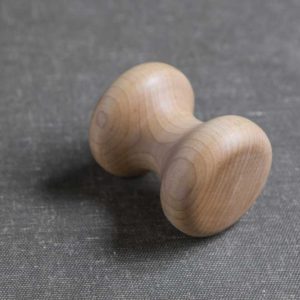
Mini Bodyworker
$25.00 Select options This product has multiple variants. The options may be chosen on the product page -
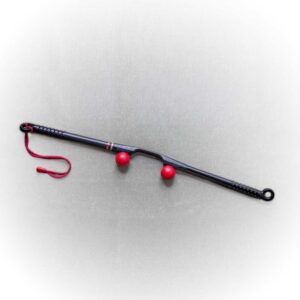
The Original Acu-Masseur
$45.00 Add to cart
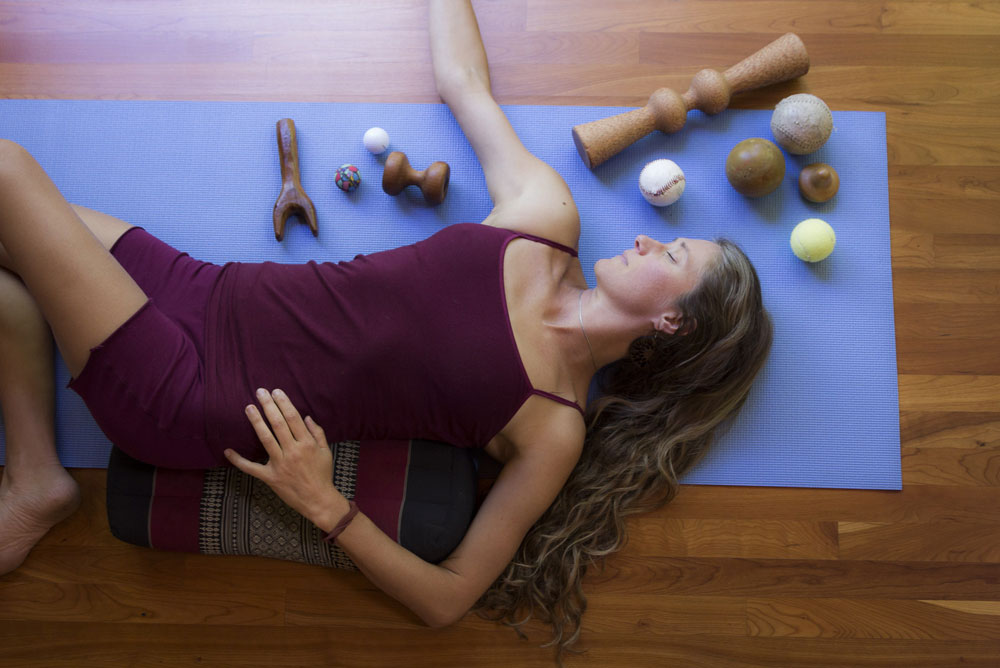
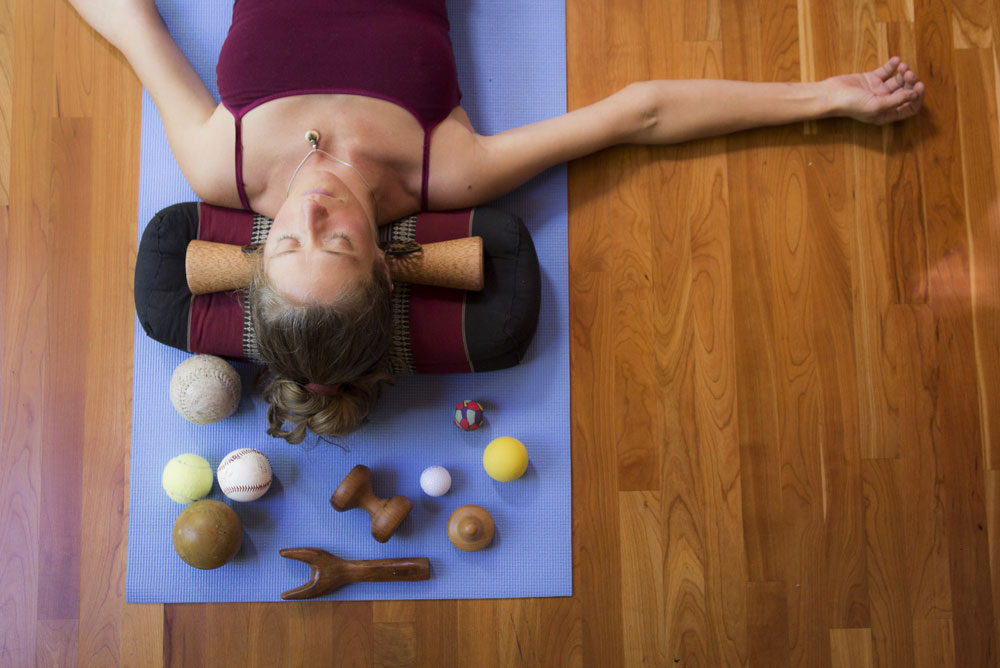
Thanks for the information. Thai massage offers multiple health benefits, including the effective reduction of headaches, back pain and low back pain.
https://www.bangkokthaimassagebcn.com/